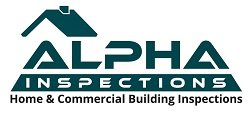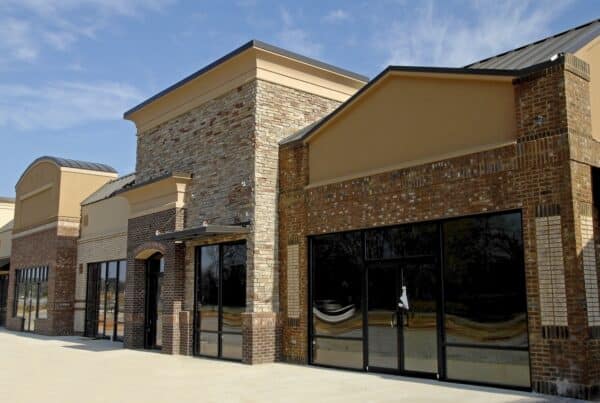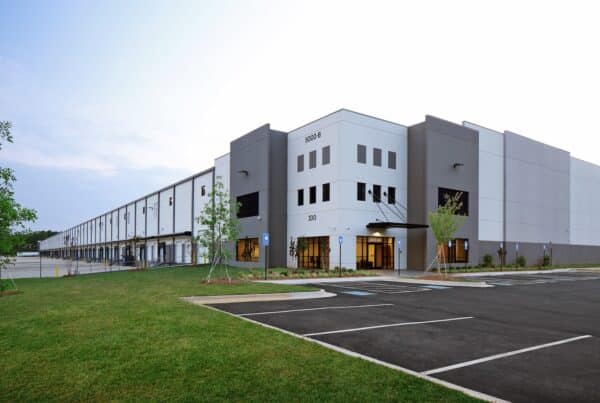
There is a lot of thought that goes into buying a commercial building. Questions you may ask yourself are, what are my plans for it? Will I be occupying the property or is going to be an investment property? How is the location? How do I know it is in the right area for business to thrive, and the classification of the business?
But one of the questions when you find a property may be when to perform an environmental assessment on the purchase and choose Records Search with Risk Assessment (RSRA) or Phase 1 Environmental Site Assessment? Let’s take a look at what each one is and the similarities and differences and when to use each one.
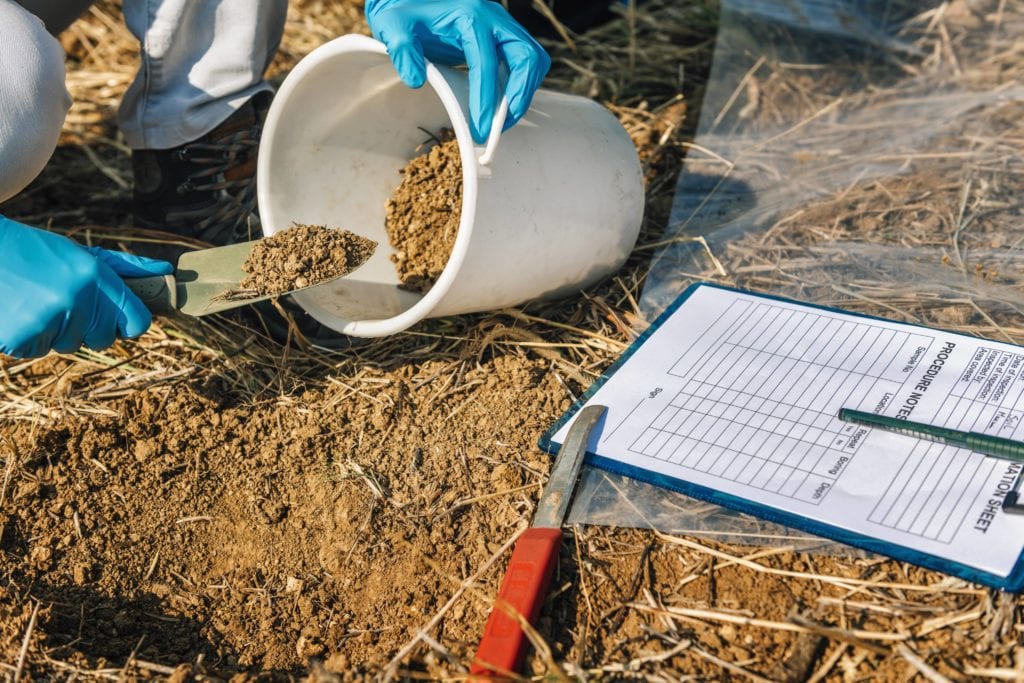
The Assessments and Why They Are Important
When purchasing or taking responsibility for a property, it can be beneficial to perform Environmental due diligence. This is a property assessment to check for any known risks for environmental contamination such as groundwater or soil contamination. Conducting this type of assessment can save you from liability lawsuits down the road.
However, there are two types of assessments to choose from RSRA and Phase 1 Environmental Site Assessment. They are similar but also different from each other.
Where in the Process of Buying the Property Do You Need the ESA Assessment
The lender will often require an ESA assessment before they will finance the loan. This is to ensure that any issues found in the RSRA or Phase 1 Environmental Site Assessment are taken care of and the previous owner is held liable.
The last thing a financing company wants is for findings of environmental concerns and risks of liabilities. If there is not a financing company involved, then it is important for the buyer to have this done for protection.
RSRA – Records Search with Risk Assessment
Property financed through the Small Business Administration (SBA) and over $150,000 will usually have an RSRA. This type of property can have an RSRA and many financial lenders will accept it if it is deemed lower risk.
How the RSRA is Performed
A database search scans the area where the property is located typically within one mile to see if there are any potential environmental issues. In addition, there is a search of historical records such as fire insurance maps, aerial photography, and city directories.
There is also a review of the properties NAICS code and an EQ- Environmental Questionnaire. An environmental professional will conduct a risk assessment if the property is not one of the risky Environmental Sensitive Industries.
If the property is low risk, then RSRA is a good assessment to have. However, if an Environmental Professional finds there is reason to be concerned about the property, he/she may suggest moving to a Phase 1 Environmental Site Assessment.
Pros and Cons of RSRA
Pros
- Short assessment
2. Not as expensive at Full Phase 1
3. Can be completed quickly, usually 3-5 days
Cons
- Not as extensive as Phase 1
2. Can miss important environmental issues
3. Some Environmental Professionals aren’t willing to “dig” in historical records to make sure they get all the information and the whole picture for the buyer.
4. No physical visit to the site
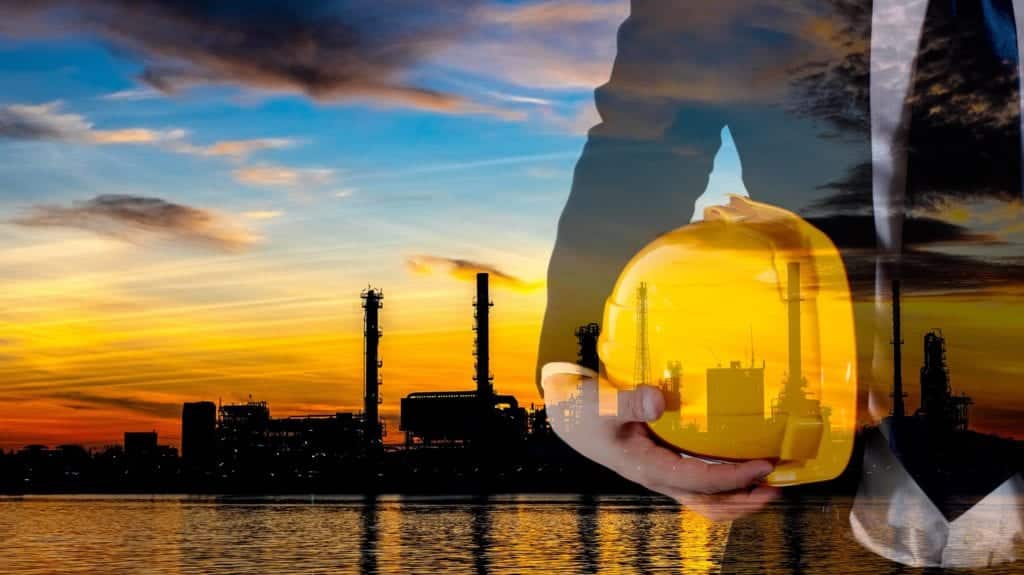
Phase 1 Environmental Site Assessment
The second type of assessment is Phase 1 Environmental Site Assessment or ESA. This is more extensive than RSA and involves the following: researching historical records for past development that has occurred on the land, an onsite inspection, records of historical fire maps to see if there have been any issues, and interviews with the previous and current owners.
Pros and Cons of Phase 1 Environmental Site Assessment
Pros
- More extensive and detailed than RSRA.
2. More likely to find environmental issues (if they exist) than the RSRA.
Cons
- Takes longer to do and more expensive than RSRA
2. The reports take 7-15 days
Cost of Each Assessment: RSRA and Phase 1 Environmental Site Assessment
RSRA: $600-$1000
Phase 1 ESA : $2000 – $2500
If Environmental Professional Finds Concerns
If an Environmental Professional finds that there is a reason for concern and suggests the Phase 1 ESA after completing the RSRA, many will charge the difference in price.

Liability: Perform a Phase 1 Environmental Site Assessment First
The report may reveal environmental contamination and this transfers liability to the owner (seller) of the land whether or not he/she was the cause of contamination. Fortunately, The Comprehensive Environmental Response, Compensation and Liability Act (CERCLA) was put into place to hold the owner of the land liable for the environmental issues and require clean up and remediation of the site.
Unfortunately, this can have a huge financial impact on the landowner or purchaser. However, it does try to help those who are innocent landowners and bona fide prospective purchasers, providing they perform a Phase 1 Environmental Assessment prior to purchase.
The Phase 1 ESA will let the professional know if All Appropriate Inquiries (AAI) were done in the appropriate time frame by the current or previous owner and if acceptable precautions were used with any hazardous substances. Also if they were in compliance with land use regulations.
How to Hire an Environmental Professional
First, check reviews and get referrals from others. Next, talk to the Environmental Professional about the property. Then, define your goals with the consultant.
What if Contamination is Found
Additionally, if the Environmental Professional finds contamination, then the buyer can negotiate a reduced price or walk away. Unless you know about environmental issues, talk to your Environmental Professional and your commercial realtor about the findings.
The seller can fix the issue or lower the asking price for the land and building. You may need to do detective work to find old insurance policies that do not have pollution exclusions. However, depending on the record keeping, it may take some digging to find.
Conclusion
Finally, purchasing a commercial property or a building is a large investment. You want to make sure that you know of any environmental assessment that may already exist.
The last thing you want is to be responsible for any environmental issues so taking the time to research what you need and to find a trusted Environmental Professional is important. We are here to help you so drop us a reply below so we can be in touch!
